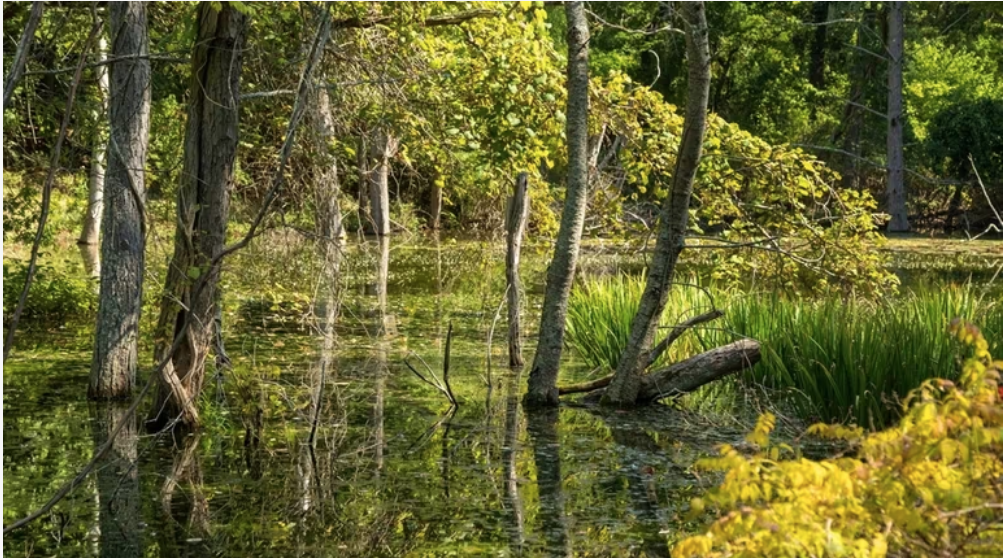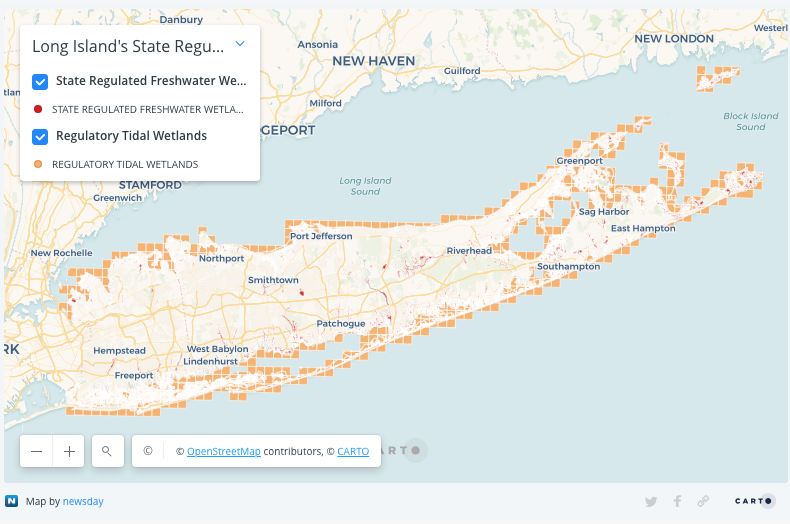
Small freshwater wetlands like this provide habitat for dozens of species, offer protection against flooding and help clean water that filters into underground aquifers such as on Long Island. But in May, the U.S. Supreme Court declared they don’t merit protection under the federal Clean Water Act, which for the past 50 years has empowered the Environmental Protection Agency to prevent polluting of the nation’s waterways.
“I was so disappointed by the ruling,” said Nicole Maher, senior coastal scientist at The Nature Conservancy in New York. “It really is unfortunate that these cases don’t require scientific consultation.”
Last month, the EPA issued a new rule to align with the court’s decision, confirming the agency would no longer regulate the great majority of inland marshes, blackwater swamps, ephemeral streams and vernal ponds across the country. That leaves landowners, developers and industrial agriculture operations free to dredge, fill in, build over or release waste into these freshwater wetlands without objection from the agency. The ruling went into effect immediately.

*The South Fork has many wetlands, salt marshes, and vernal ponds that the court’s ruling will impact.
Newsday Article: